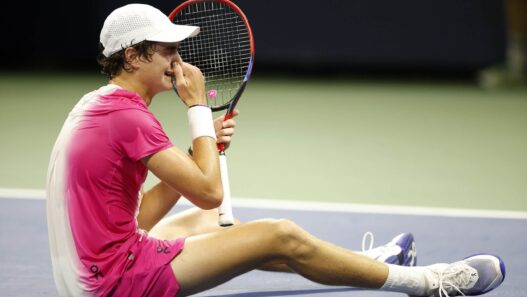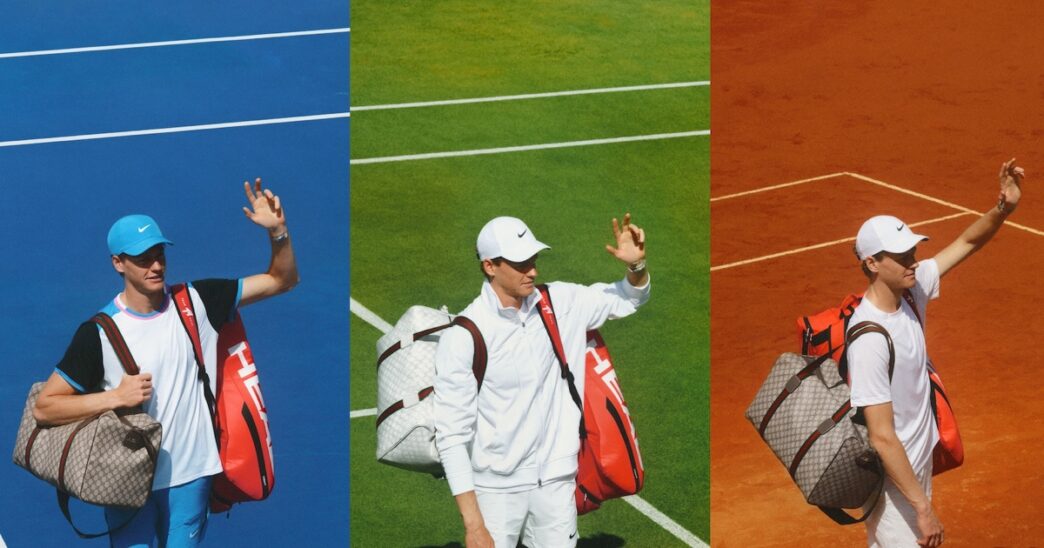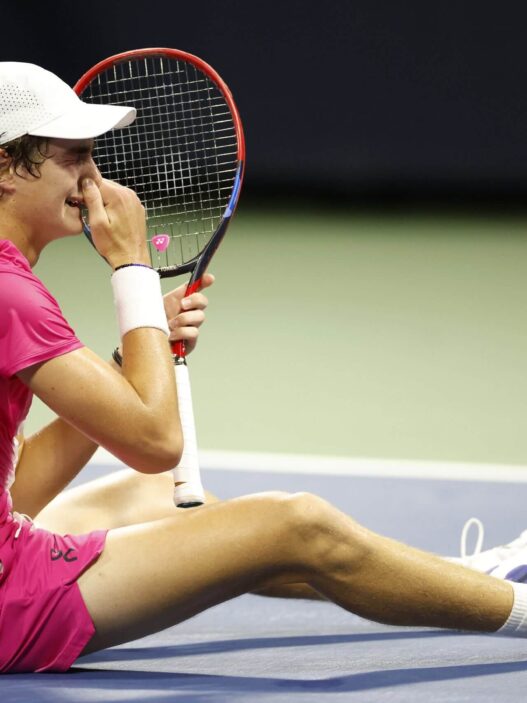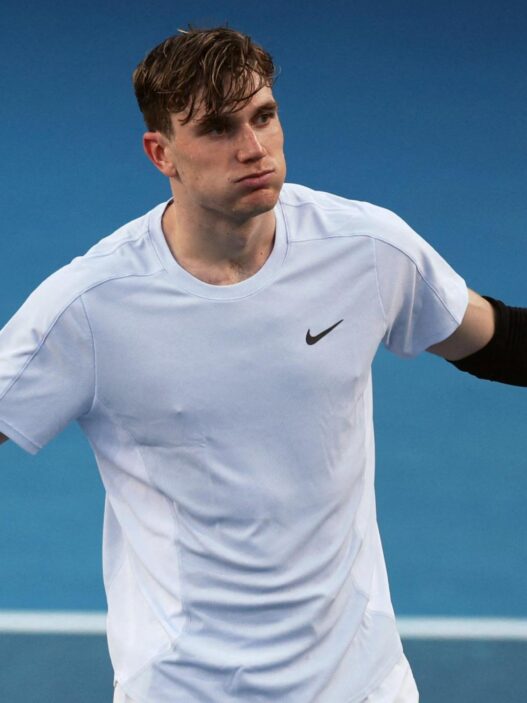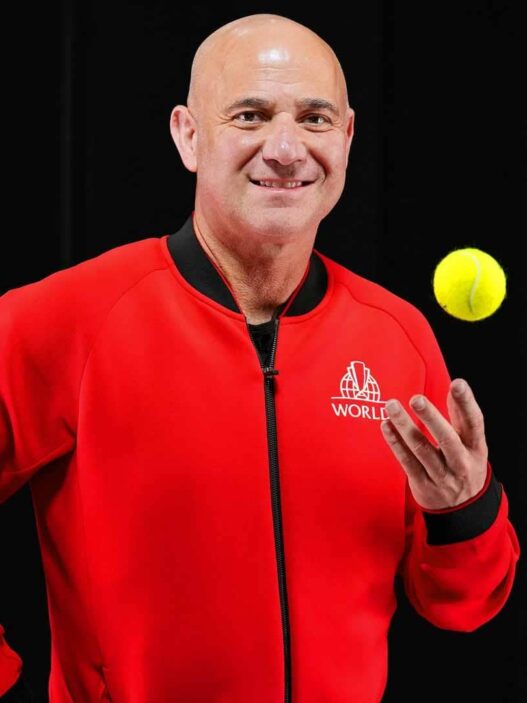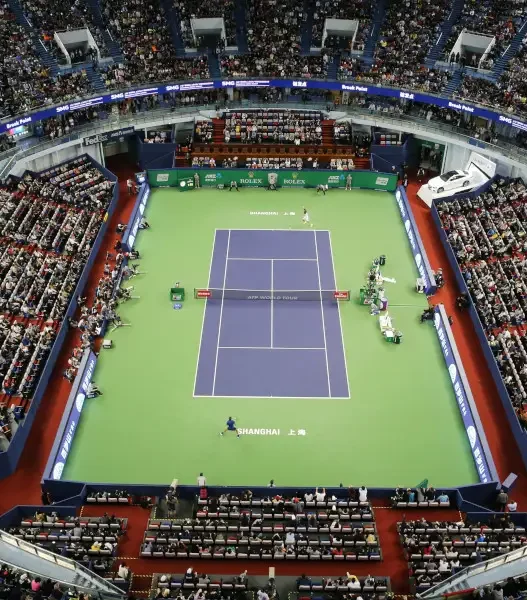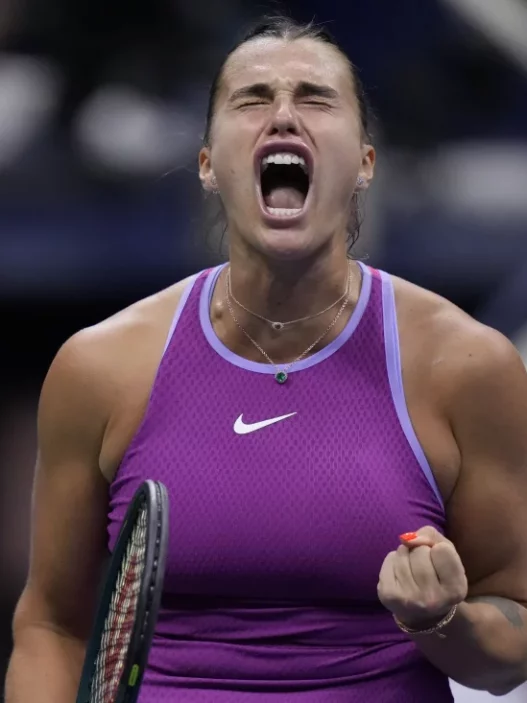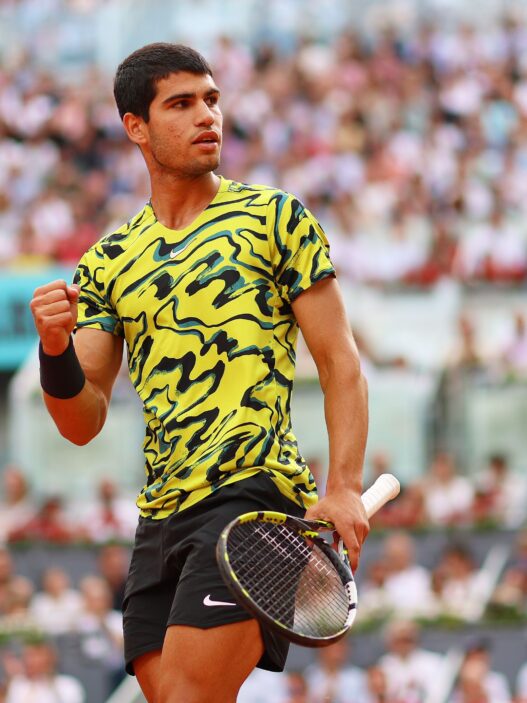In the world of tennis, 2024 has marked a notable evolution—both in how the sport is played and in how it is presented. Beyond the physical feats and strategic battles on the court, there’s a parallel story unfolding, one where fashion has taken center stage, redefining what it means to be a tennis star. This shift, while gradual, has accelerated in recent years, driven by a new generation of players who are using fashion as a way to express themselves, build their personal brands, and appeal to a global audience that sees tennis as more than just a sport.
Leading this revolution are athletes like Coco Gauff and Jannik Sinner, whose fashion choices are not merely aesthetic but deeply tied to their identities as athletes, cultural icons, and influencers. They are part of a broader trend where tennis fashion has become an essential part of the game’s narrative, bridging the gap between performance and self-expression. But how did we get here? How did tennis, a sport once defined by its conservative dress codes and rigid traditions, become a platform for bold fashion statements that resonate far beyond the confines of the court?
To understand the current moment, we have to look back at the pioneers who laid the groundwork for today’s fashion-forward tennis players. Serena Williams, perhaps more than any other player, changed the conversation around tennis fashion. From her infamous black catsuit at the 2018 French Open to her tulle skirts and Off-White collaborations, Williams used her clothing to make statements—not just about style, but about power, femininity, and identity. Her outfits were as much a part of her legend as her powerful serve or her 23 Grand Slam titles. Serena showed the world that being a dominant athlete and a fashion icon were not mutually exclusive roles. She pushed back against the traditional, sometimes stifling, dress codes of tennis, opening the door for a new generation of players to use fashion as a form of self-expression.
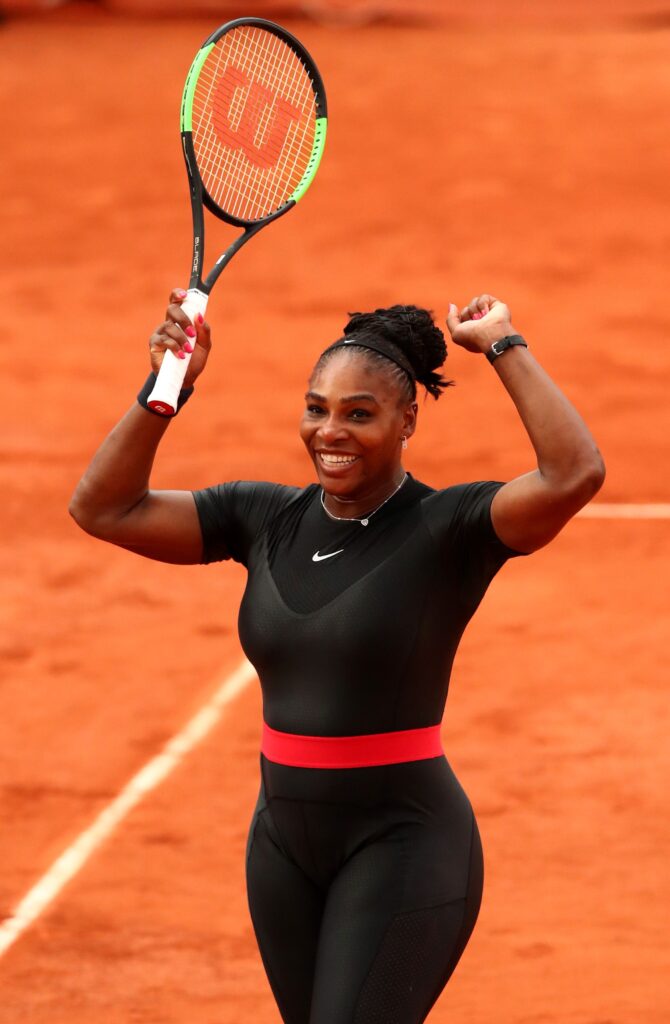
Enter Coco Gauff, who, at just 20 years old, is taking the torch from Serena and running with it. Gauff’s collaboration with New Balance has produced some of the most talked-about tennis gear in recent years. At the 2024 US Open, Gauff’s outfits—ranging from her light blue day kit to her sleek navy night ensemble—were as bold and dynamic as her game. Her clothing choices aren’t just about looking good; they’re about embodying a brand, one that reflects her youthful energy, confidence, and unapologetic approach to both fashion and tennis. Gauff’s New Balance sneakers, particularly the CG2 series, have become cult favorites among younger fans, blending a basketball-inspired aesthetic with the functionality needed for high-level tennis. The shoes, with their bold colors and mid-top design, offer a glimpse into Gauff’s ability to transcend tennis and appeal to a broader audience of fashion-conscious consumers.
Gauff’s rise as a fashion icon is a testament to how the tennis landscape has shifted. In previous eras, tennis players, especially women, were often judged by how closely they adhered to the sport’s conservative dress codes. Wimbledon’s all-white rule, for example, is a relic of a time when tennis was seen as the sport of the elite, with strict codes of conduct and appearance. But as players like Serena and Gauff have demonstrated, those rules are ripe for reinterpretation. For Gauff, fashion is not just a side note to her tennis career—it’s a key part of her identity, a way to connect with fans and build a brand that extends far beyond the tennis court.
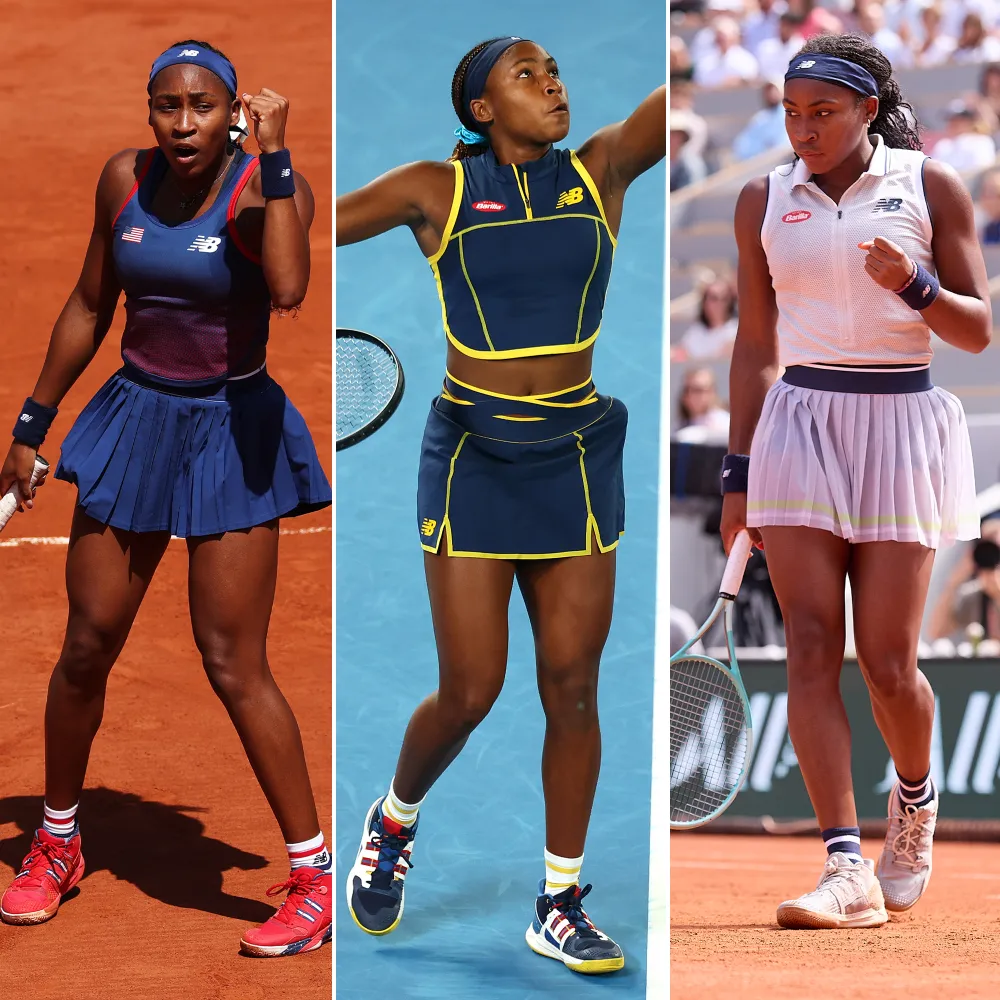
While Gauff’s style is all about boldness and energy, Jannik Sinner represents a different approach to tennis fashion. Where Gauff embraces vibrant colors and experimental designs, Sinner opts for a more minimalist, functional style. His partnership with Nike has produced a series of sleek, understated outfits that reflect his disciplined, methodical approach to tennis. At the 2024 US Open, Sinner’s muted green and grey kit may not have turned heads in the same way as Gauff’s, but it resonated with a different kind of fan—those who appreciate simplicity, focus, and efficiency. Sinner’s fashion choices are a reflection of his game: precise, controlled, and understated. For him, fashion is less about making a statement and more about complementing his approach to the sport.
This divergence in styles between Gauff and Sinner speaks to a broader trend in tennis fashion: individuality. Today’s players are no longer expected to conform to a single standard of what a tennis player should look like. Instead, they are encouraged to express their personalities through their clothing, whether that means embracing bold, experimental designs like Gauff or sticking to sleek, minimalist aesthetics like Sinner. This shift toward individuality is reshaping the culture of tennis, making it more inclusive and accessible to a wider range of fans. It’s no longer just about how well you play the game—it’s about how you present yourself, how you connect with fans, and how you build your brand.
One of the key drivers of this shift has been the commercialization of tennis fashion. Brands like Nike, New Balance, and Adidas have long understood the power of athlete endorsements, but in recent years, they have doubled down on the idea that athletes are not just performers—they are influencers. Gauff’s collaboration with New Balance and Sinner’s with Nike are prime examples of how brands are using tennis players to reach new audiences, particularly younger, more diverse consumers who see these athletes as cultural icons as much as sports stars. These collaborations go beyond just selling clothes—they’re about creating narratives, building identities, and shaping the way the public perceives these athletes.
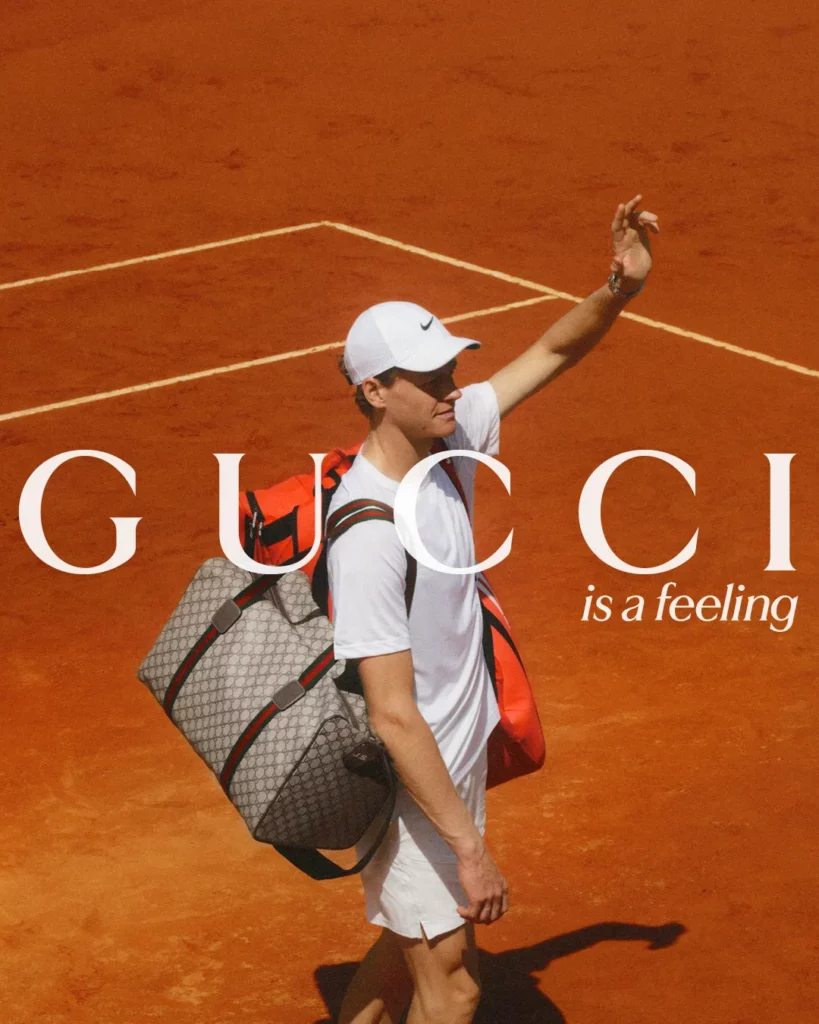
In many ways, tennis fashion in 2024 is not just about tennis—it’s about the intersection of sports, culture, and commerce. Players like Gauff and Sinner are leading this charge, but they are part of a broader movement that includes athletes like Iga Świątek, who has partnered with the Swiss brand On, and Elena Rybakina, who represents Yonex. Each of these players brings their own style to the court, contributing to a larger conversation about what it means to be a modern tennis player. This conversation is no longer confined to the tennis court—it extends to social media, fashion magazines, and the broader world of popular culture.
This evolution in tennis fashion reflects broader societal changes as well. As tennis has become more global, it has also become more democratized. Once seen as the sport of the elite, tennis is now attracting a more diverse fan base, and the fashion choices of its stars are playing a crucial role in that transformation. Gauff, with her bold, unapologetic style, appeals to young women of color who see her not just as an athlete, but as a role model and a symbol of empowerment. Sinner, with his sleek, minimalist look, resonates with fans who appreciate the precision and focus he brings to both his game and his fashion. Together, they are helping to reshape the image of tennis, making it more reflective of the world we live in today.
As we look to the future, it’s clear that the relationship between tennis and fashion will only continue to evolve. The lines between sportswear and streetwear are blurring, and tennis players are at the forefront of this trend. Whether it’s Gauff’s basketball-inspired sneakers or Sinner’s sleek Nike gear, the fashion choices of today’s tennis stars are not just about performance—they’re about identity, expression, and connection. In this new era of tennis, what you wear is as important as how you play, and the next generation of tennis stars is ready to embrace that challenge.






